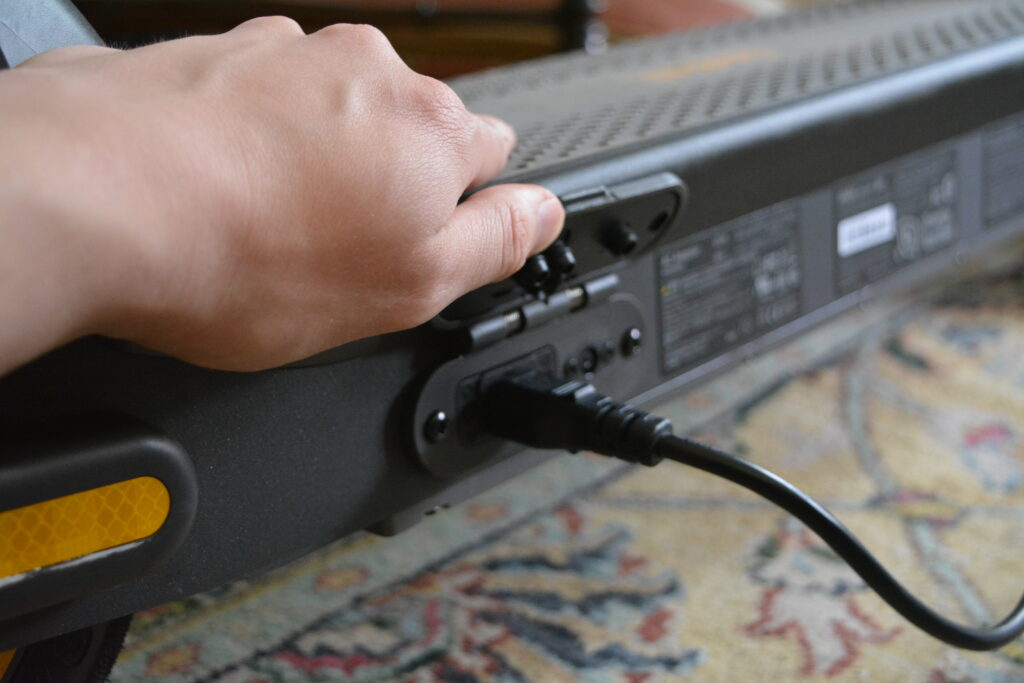
Electric scooters have become a popular means of transportation in urban areas, offering a convenient and environmentally friendly way to get around. However, as with any electronic device, water resistance is a crucial factor to consider. As for myself, living in Vancouver, BC, Canada, where it rains more than half the year, and I have a lot of experience riding on slippery surfaces. We’ll explore everything you need to know about water-resistant electric scooters, including the importance of waterproofing, understanding IP ratings, and tips for using your scooter in wet conditions.
Table of Contents
The Importance of Water Resistance
The ability of an electric scooter to withstand water exposure is essential for several reasons:
- Safety: Electrical components can short circuit when exposed to water, posing a risk to the rider and potentially damaging the scooter.
- Durability: Proper water resistance ensures that your scooter lasts longer and remains reliable in various weather conditions.
- Performance: Riding in wet conditions can affect your scooter’s performance, including traction, braking, and overall handling.
Understanding IP Ratings
To assess the water resistance of electric scooters, manufacturers use the Ingress Protection (IP) rating system. This international standard rates the level of protection provided against intrusion from solid particles and liquids. IP ratings consist of two digits:
- The first digit (0-6) signifies protection against solid objects like dust and dirt.
- The second digit (0-9K) represents protection against water intrusion, with higher numbers indicating better protection.
An IP rating of at least IPX4 is recommended for electric scooters, which means the scooter is protected against water splashes from any direction.
Common Water Resistant Features in Electric Scooters

Manufacturers incorporate various features to enhance the water resistance of electric scooters, such as:
- Sealed compartments protect the battery from water damage, ensuring a longer lifespan and reliable performance.
- Waterproof controllers: These components regulate the scooter’s power and speed, making it crucial to shield them from water exposure.
- Gaskets and seals: Rubber or silicone gaskets and seals are used to prevent water from entering joints and sensitive components.
- Water-resistant materials: Using rustproof and water-resistant materials like aluminum and stainless steel ensures durability and longevity.
Tips for Using Your Electric Scooter in Wet Conditions
While water-resistant electric scooters can handle wet conditions, it’s essential to take extra precautions to maintain your scooter’s performance:
- Inspect your scooter: Before riding in the rain, check the seals, gaskets, and any visible damage that could compromise water resistance.
- Use caution: Wet surfaces can reduce traction, affecting your scooter’s handling and braking. Slow down and avoid sharp turns to maintain control.
- Avoid deep puddles: Even with a high IP rating, submerging your scooter in deep water can lead to damage. Stick to shallow puddles and avoid riding through flooded areas.
- Dry your scooter: After riding in wet conditions, thoroughly dry your scooter with a soft cloth, paying particular attention to electrical components, such as the battery compartment and controller.
- Regular maintenance: Inspect and maintain your scooter, including cleaning and lubricating joints and bearings, to prevent rust and ensure optimal performance.
Water resistance is a critical factor in the longevity and reliability of electric scooters. Understanding IP ratings and the importance of water-resistant features can help you decide when purchasing an electric scooter. Moreover, following safety tips and regular maintenance ensures your scooter performs optimally, regardless of the weather.